Table of Contents
Quality Service Guarantee Or Painting Free
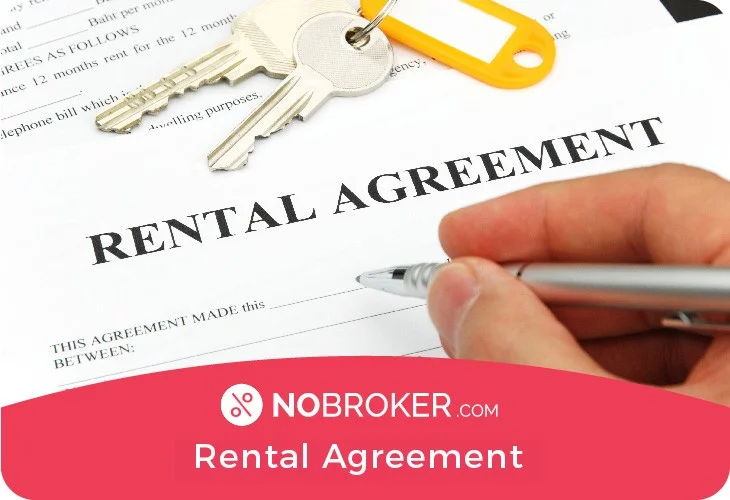
Get a rental agreement with doorstep delivery

Find the BEST deals and get unbelievable DISCOUNTS directly from builders!

5-Star rated painters, premium paints and services at the BEST PRICES!
Loved what you read? Share it with others!
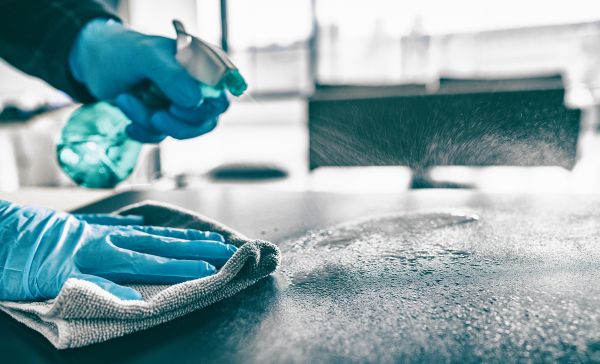
How to Sanitise Your Home Correctly While You are Indoors – A Guide for 2026
Table of Contents
202 has started and the situation around the global pandemic hasn't improved much. We are still stuck in our house 24/7 due to the Covid-19 impact. We barely visit our friends and relatives, but that does not mean we don't have visitors at all. Plumbers, electricians, courier services, the delivery men-the list is endless. They inevitably touch a lot of surfaces in your house while accomplishing their designated task. Hence, knowing how to sanitise your home is essential to creating a safer everyday environment. Still, first, it is vital to dedicate a few lines to understanding the difference between cleaning and disinfecting/sanitising.
Yes, a daily cleaning routine is excellent, but it's not enough, especially when any of your family members are sick or in-home isolation. Therefore, it is essential to know how to disinfect your home so that other family members don't fall ill.
Let us take a look at some of the ways we can keep our house clean and germ-free.
Quality Service Guarantee Or Painting Free

Get a rental agreement with doorstep delivery

Find the BEST deals and get unbelievable DISCOUNTS directly from builders!

5-Star rated painters, premium paints and services at the BEST PRICES!
Cleaning is not Disinfecting: Difference Between Cleaning and Disinfecting
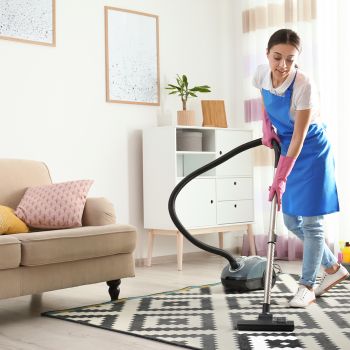
Cleaning and sanitising/disinfection are a lot different from each other. Although they may sound similar, everyday cleaning or even deep cleaning cannot completely kill viruses and bacteria.
Also, all surfaces are not the same. Like mobile phones, doorknobs, and desks, the smooth ones are not porous enough to let the cleaning substances pass through the upper layer and kill the infectious germs. Hence, these surfaces must be both cleaned and disinfected regularly.
How to Disinfect House in 2024

There is no need to disinfect your home from top to bottom every day. But, let's make it a habit to disinfect high-touch surfaces in your home frequently. This will include doorknobs and handles, kitchen counters, washing machine handles, faucets, toilet seats, table surfaces, switchboards and electronic devices like mobiles and laptops.
Clean more frequently. If you have visitors, there's bound to be some contamination. Make sure to wipe those surfaces clean with a good disinfectant spray. If surfaces appear dirty, clean them right away.
How do you clean your house? Do you use Dettol or a bleach solution? The good news is both work. According to the CDC (Centers for Disease Control and Prevention), hydrogen peroxide and bleach solutions are most effective against the virus when cleaning the house after COVID in 2024. After applying it to the affected surface, leave it on for 15-20 minutes before rinsing it away.
You can also use disinfecting wipes and sprays which contain more than 60% alcohol. Alcohol helps kill most germs immediately. In case you don't have any disinfectants, plain soap and water are also effective. For example, scrub your kitchen counters and faucets with warm water and soap daily. You can also wash your carpets and rugs with soap and water. Lastly, pay attention to your hygiene. Wash your hands as frequently as possible, especially if you are coming from outside.
How to Sanitise Home After Home-quarantine?
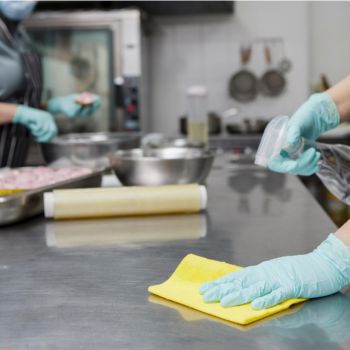
People who are coming from abroad or have cold-like symptoms often remain in mandatory home quarantine nowadays. You might be thinking about how to sanitise homes by yourself. Let us look at some ways you can help yourself:
- Wash your hands with soap and water frequently, especially after you have been to the bathroom.
- If possible, use a separate bed and bathroom for the duration of your quarantine.
- Try wiping down your electronic gadgets frequently with an alcohol wipe. Things that you touch daily like the door and drawer handles, chairs and armrests- make sure to sanitise them at least once per day.
- Make sure to clean your room regularly.
- Try to keep windows and doors open as much as possible. This ensures air circulation.
Once the quarantine is over and there is no cause for concern, you should disinfect the whole house from top to bottom. Make sure not to leave any space unattended.
How to Sanitise a Home After Isolation?
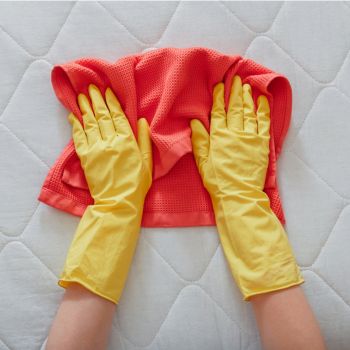
After you or your family member completely recover from the illness and there is no chance of infection, all the spaces used by the affected person must be thoroughly cleaned and sterilised. Here's how to sterilise the home after isolation:
- Thoroughly clean and disinfect the areas where the sick individual was living, especially the bedroom and bathroom.
- Make sure to wear a mask when you enter these premises.
- Open the windows and keep the fan on to allow better air circulation.
- Check the disinfectant label for possible uses and sanitise accordingly.
- For three days, clean the surfaces regularly (disinfection not needed)
- After that, resume your daily cleaning routine. Sterilisation is not required.
How to Sanitise Home Naturally
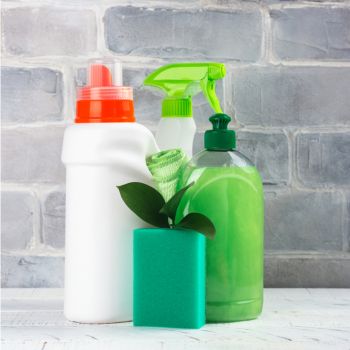
Chemical disinfectants can sometimes react with plastics and other materials, thus damaging the quality. With organic cleaners, you can rest assured of spotless cleaning without damaging anything. Some typical natural disinfectants are vinegar, baking soda, hydrogen peroxide, lemon and corn-starch.
Here's how to make disinfectants at home:
Herbal Alcohol Spray
Choose any essential oil (lavender, thyme) and pour around 25-30 drops into a 240 ml glass spray bottle. Then add rubbing alcohol. Make sure it has a minimum of 70% alcohol content. Shake well and store in a cool place.
When using, spray directly on the surface and then wipe down with a clean cloth.
Vinegar and Baking Soda Spray
Add 4 cups of hot water, 1/4th cup of white vinegar and 2tbsps of baking soda. Mix well until the baking soda completely dissolves. Squeeze a whole lemon juice and drop the lemon rinds into the mixture. Wait till the mixture cools. Once cooled, add four drops of lemon essential oil or any essential oil you like. Strain this mixture to get rid of lemon pulps and seeds. Finally, transfer this mixture into a spray bottle, and you are done!
Some Quick Pointers
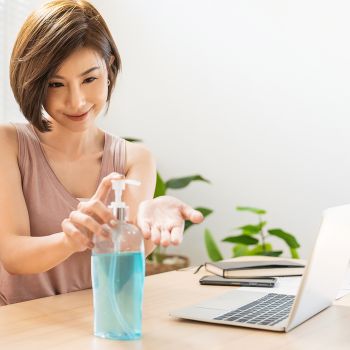
- Make daily cleaning a habit.
- You can use plain soap and water for soft surfaces like rugs and carpets. For hard surfaces, use disinfectant sprays or wipes.
- Always check the label before using disinfectants; otherwise, they might cause damage to surfaces.
- If you are visiting home from abroad, be well-informed about how to disinfect your home after quarantine.
- You can make DIY disinfectants, but you have to be mindful of the exact quantities. Any discrepancy in ratios can make such disinfectants ineffective.
- Always carry a sanitiser bottle with you for emergencies.
In the wake of the current situation, people are in doubt regarding how to sanitise homes properly. No matter how much we clean, it is inevitable to miss certain spots and corners. Additionally, it is a time-consuming process. But don't worry. We have got you covered! You can avail the benefit of our home sanitisation services. Perfectly safe and effective sanitisation as you sit back and relax! For more such tips on cleaning your home, visit this page. If you want to sit back and relax, then click the link below and let the experts sanitise your home for you in no time! If you’re recovering, or just not sure how to sanitise your home, then it is time to trust NoBroker Home Sanitisation services.
Frequently Asked Questions
Ans. Under the current conditions, you should clean your home daily to maintain cleanliness. Disinfection frequency varies for each part of your home. Sinks should be disinfected daily, while toilets should be disinfected every week and so on.
Ans. Yes, they are effective as long as you make them keeping the exact quantities.
Ans. Every time you come home from outside, make sure to wash your hands with hot water and soap for about 20 seconds to disinfect yourself thoroughly.
Ans. High-touch surfaces refer to surface areas that are in human contact all the time. Some examples are shower faucets, work tables, doorknobs and handles and kitchen counters.
Ans. Effective chemical cleaning agents that are effective are hydrogen peroxide, alcohol and bleach solutions.
Loved what you read? Share it with others!
Most Viewed Articles
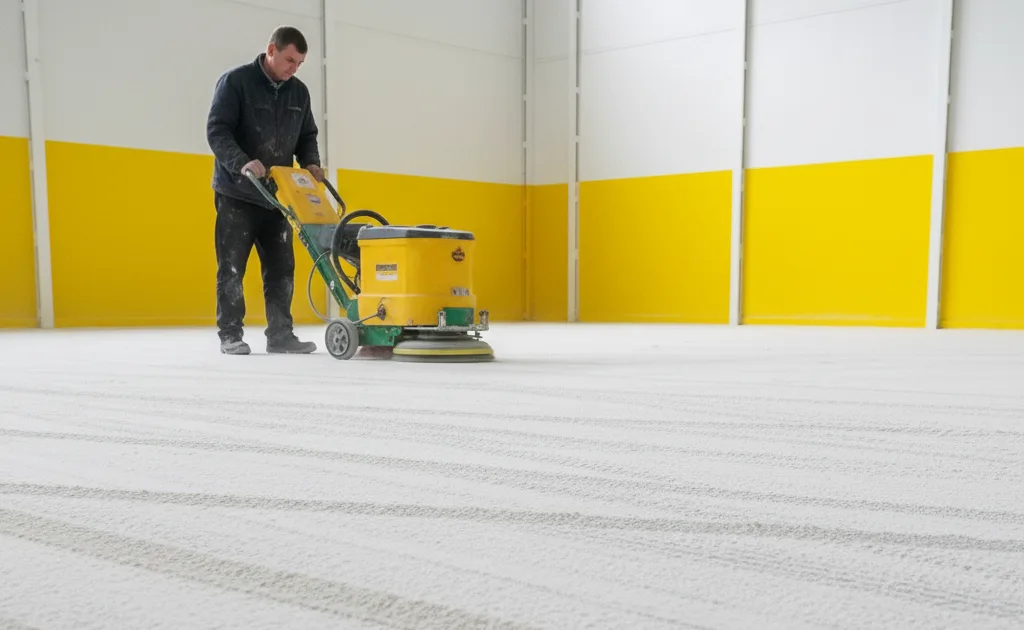
Best Home Service Apps in India 2026 for Cleaning, Plumbing & Electrical Work
January 31, 2025
53166+ views
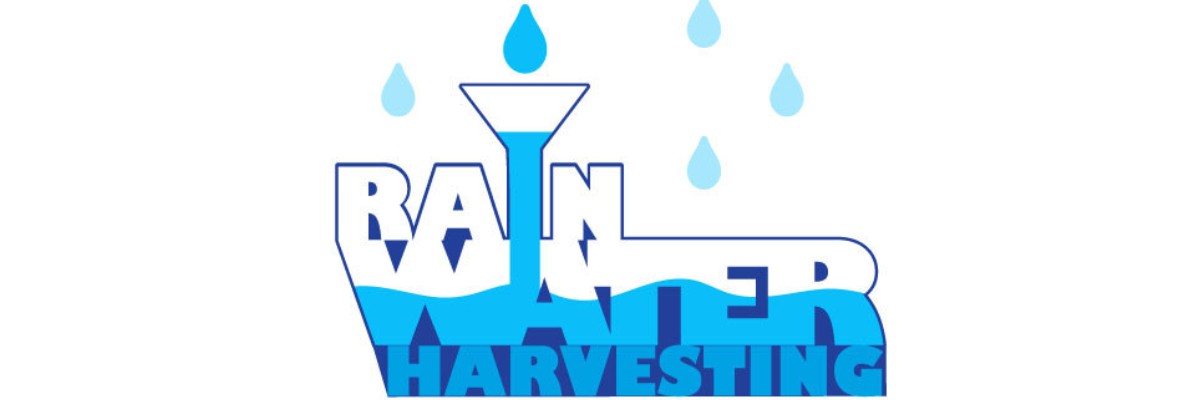
रेनवॉटर हार्वेस्टिंग क्या है और आपको इसकी ज़रुरत क्यों है?
January 31, 2025
40974+ views
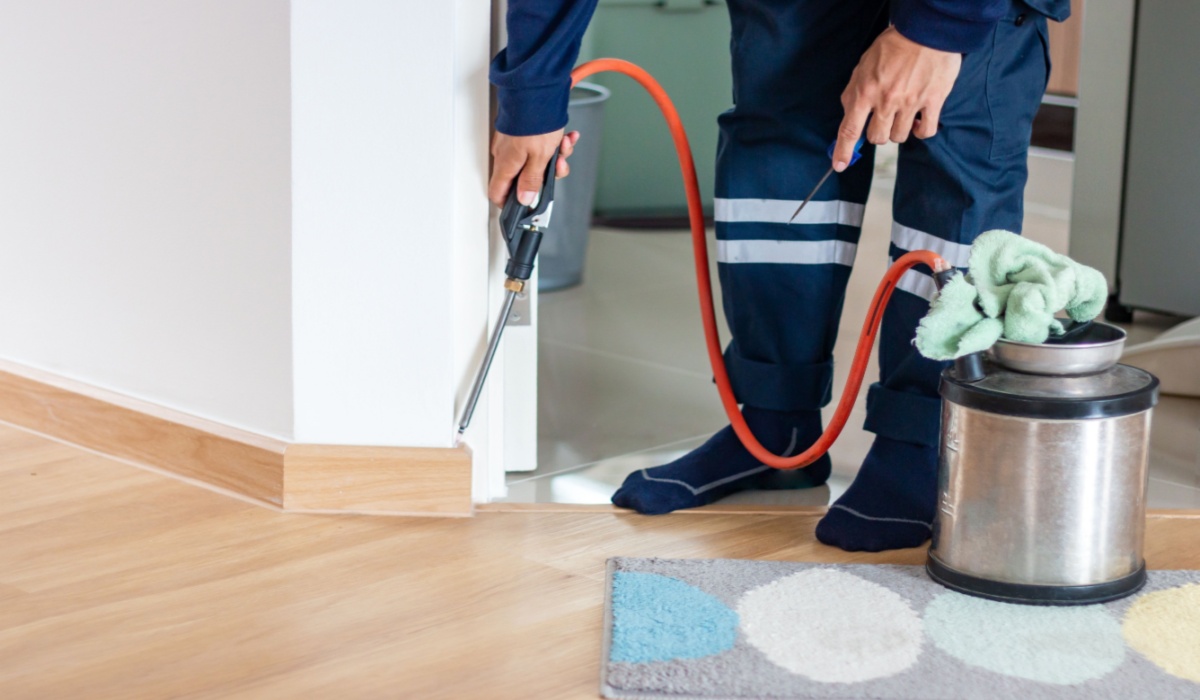
How to Get Rid of Termites at Home: Best Remedies and Prevention Tips (2025)
January 31, 2025
33779+ views
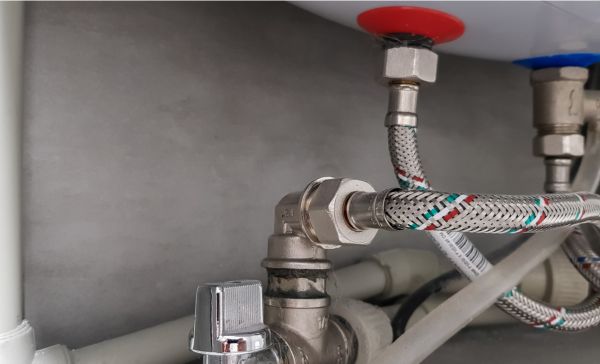
Stop Leakage with Expert Water Tank Leakage Solutions
January 31, 2025
33429+ views
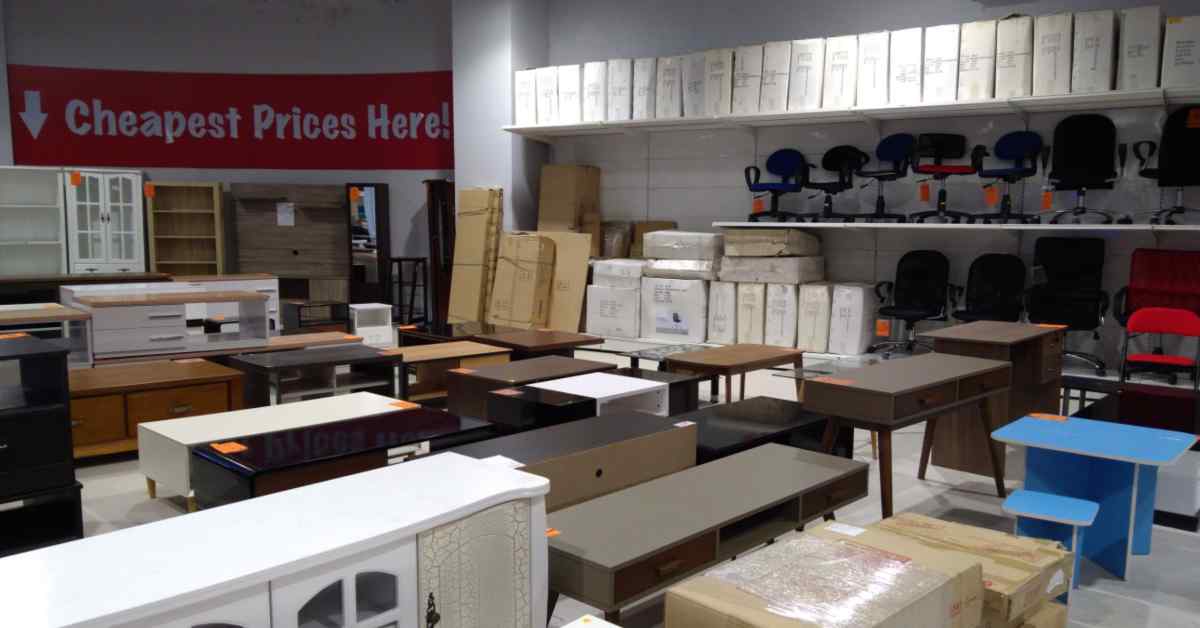
Furniture GST Rate Guide: Make Informed Purchases Now
January 15, 2025
32685+ views
Recent blogs in
How to Deep Clean Kitchen: Effective Tips, Steps, Cost and Techniques in 2026
September 24, 2025 by Vivek Mishra
Top 10 Laminate Brands in India: Quality, Price, Durability and Warranty in 2026
August 3, 2025 by Jessica Solomon
10 Common Electrical Problems in Homes & How to Fix or Prevent Them Safely
July 27, 2025 by Krishnanunni H M
Best Wood Flooring in India: Top Brands, Types, Benefits, Prices and Installation Tips in 2026
March 30, 2025 by Suju
Top 5 Natural Ways to Keep Insects Away
January 31, 2025 by NoBroker.com







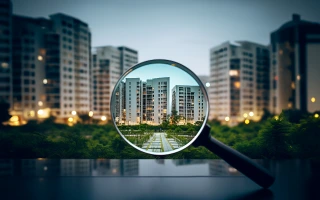
 Full RM + FRM support
Full RM + FRM support
Join the conversation!